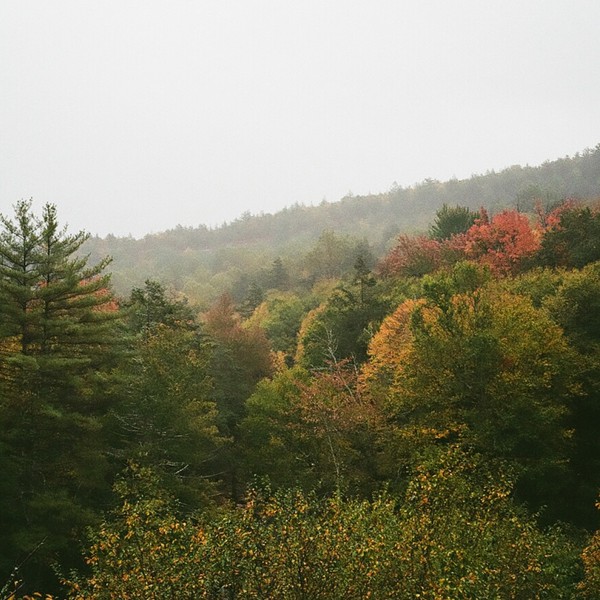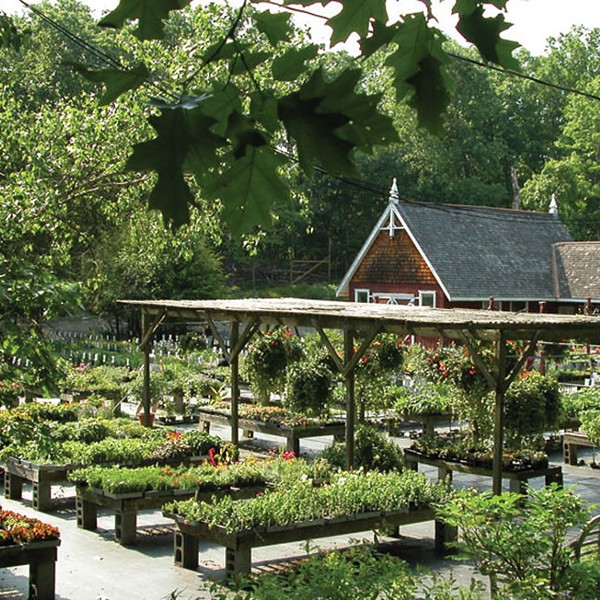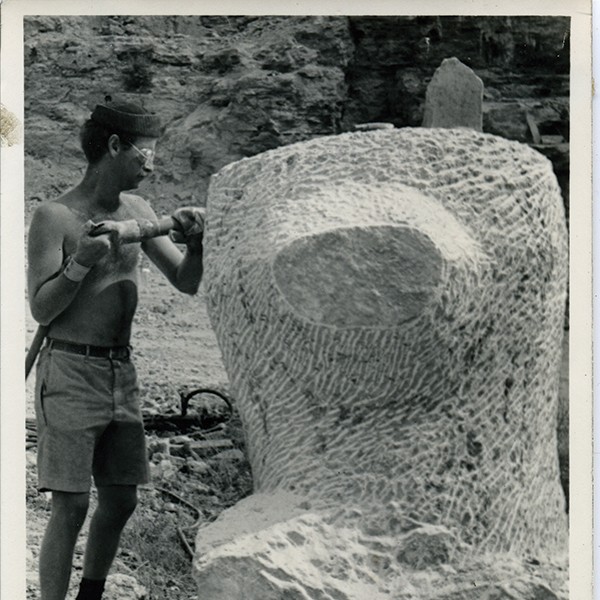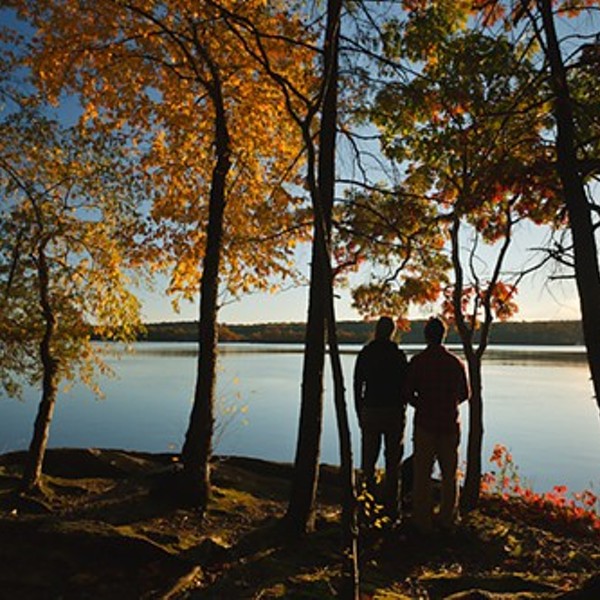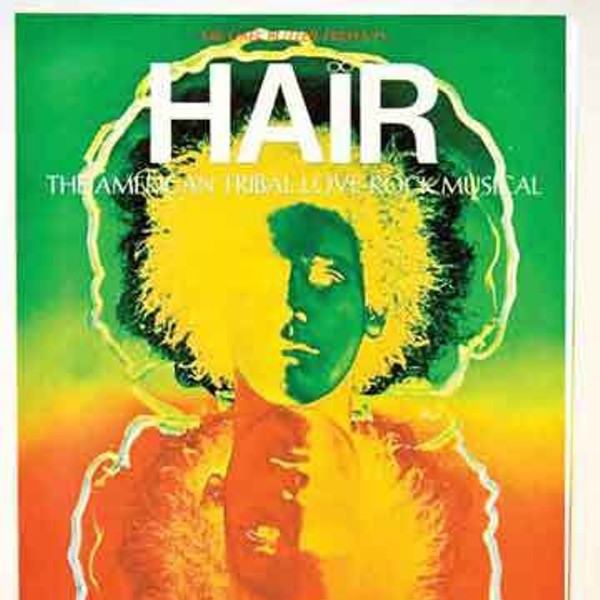Summer stock at the playhouse was a presence in the cultural life of the Hudson Valley for over three decades, until April 28, 1987, when the theater burned down in a conflagration of unknown cause that brought fire companies from across the region. Owners and producers came and went in those years, and by the late 1970s, the theater had fallen into disuse until actor Biff McGuire bought and revived it as The Hyde Park Festival Theater. The property’s current owner, Patricia Graf, had just purchased the Playhouse when fire destroyed it. She only saw one play there, Berthold Brecht’s “A Man’s a Man,” in 1986, with Bill Murray and Stockard Channing, but she lives on the grounds now. At the center of the courtyard, the stone base of the once-familiar clock tower now resembles a massive, ivy-covered tree stump, while behind it the lawn gives way to woods where the theater once stood.
Like Marjorie Gateson, the Playhouse has faded into history.
The Place is the Thing
Unlike many of the classic barn theaters on the straw-hat circuit, a network of summer stock theaters that flourished in the Northeast from the 1940s through the 1960s, the Hyde Park Playhouse was more than a single building. It was an entire complex, an environment, a stunning piece of architecture. Once known as the Vanderbilt Farm, it had been the barn and stables for the Frederick Vanderbilt estate, maintaining upwards of 100 cows, 50,000 chickens, and as many as 20 Belgian workhorses when it was in full operation. A 1954 Life magazine article wrongly attributes the building design to Stanford White. According to Tara McGill of the National Park Service, it was designed by architect Alfred Hopkins (1870-1941) and constructed in about five months in 1901 by the firm of Creegan & Collins of Morristown, New Jersey. An undated ground plan from that period places the cow barn in what later became the theater lobby, a machinery shed where a bookstore later opened, wagon and horse stables in the scenery storage rooms, and a bull pen in the green room and dressing rooms. The theater itself was simply listed as a hay barn.
A set of large double doors opened onto the cow and wagon yards, then separated by fencing. Four panels of windows above the doors and three more sets on each side brightened the barn’s interior. The light must have been welcome in the era of the Vanderbilt Farm—an unusual luxury for a barn—but it was a problem for theater producers, who had to control the lighting inside. The windows were blackened and covered, but even this would not entirely darken the theater during a matinee. By the time I came to work at the theater, almost 20 years after Marjorie Gateson performed there, the roof was in such poor condition that pinholes of sunlight glimmered over the audience like the constellations at a planetarium show. On rainy days, intrepid patrons would arrange themselves around splattering buckets in the aisles and tarp-covered rows of seats—and they’d have to listen hard to hear the actors through the thunderous noise when heavy rain fell.
Despite the challenges of the building, anyone who visited the Playhouse can attest to its grandness. Two massive cupolas at the apex of the roof drew your eyes upward and then along the easy sweep of the rooflines to the adjacent structures on each side, yet the roof didn’t crowd the sky. Hopkins was well known in his time for barn design, and for countouring his buildings into the land that surrounded them.









